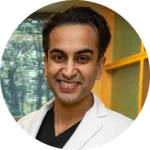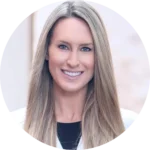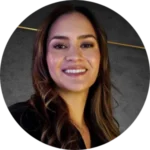About Fellowships
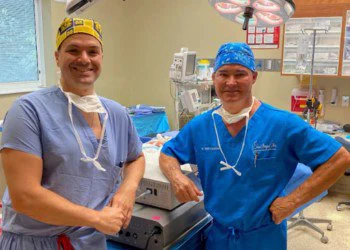
Offered in General Cosmetic Surgery and Facial Cosmetic Surgery, these Fellowships are post‐residency programs involving advanced education and training in the art of cosmetic surgery.
General InfoApplication Process

AACS Certified Fellowship Programs officially begin in July each year. AACS helps match fellowship trainee applicants with available fellowship programs through the AACS Certified Fellowship Match.
Steps to ApplyFAQs
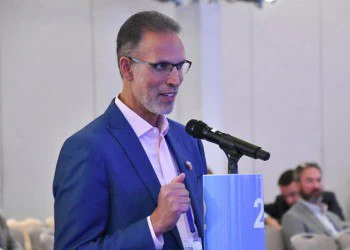
Get answers to your questions on how to choose a fellowship program, tuition reimbursement, the approval process and more.
Learn moreWatch
Leading the Way in Cosmetic Surgery Training and Certification
Unlike other surgical specialties, cosmetic surgery does not have an accredited residency program. That’s where the AACS steps in. As the only organization offering certified post-residency cosmetic surgery Fellowships, we are dedicated to advancing physician education, setting rigorous training standards, and shaping the next generation of skilled cosmetic surgeons. Our fellows receive comprehensive, hands-on training under expert mentors—ensuring excellence, safety, and innovation in every procedure.


